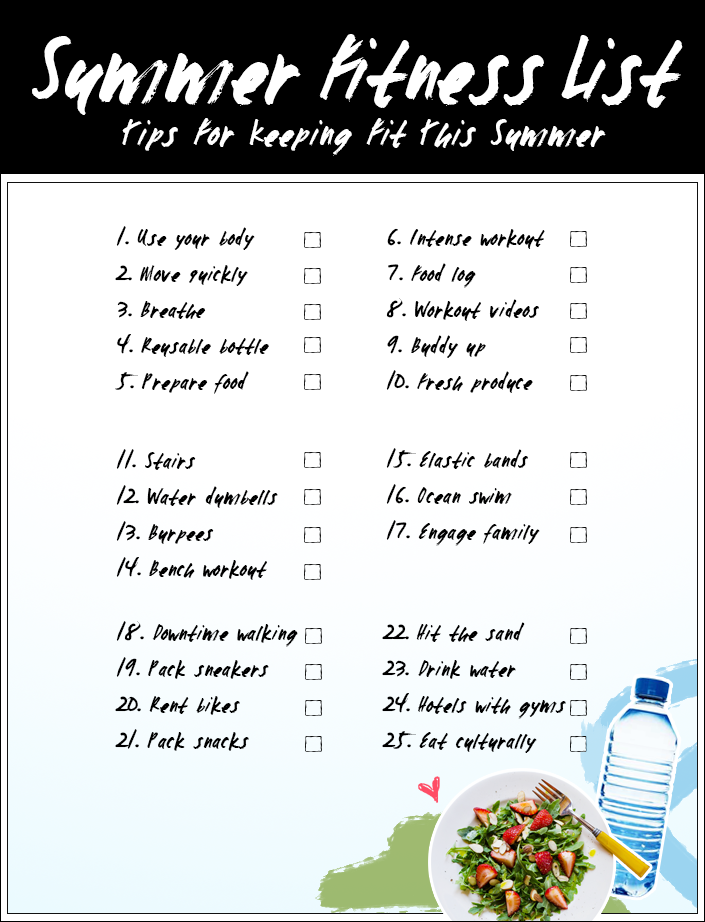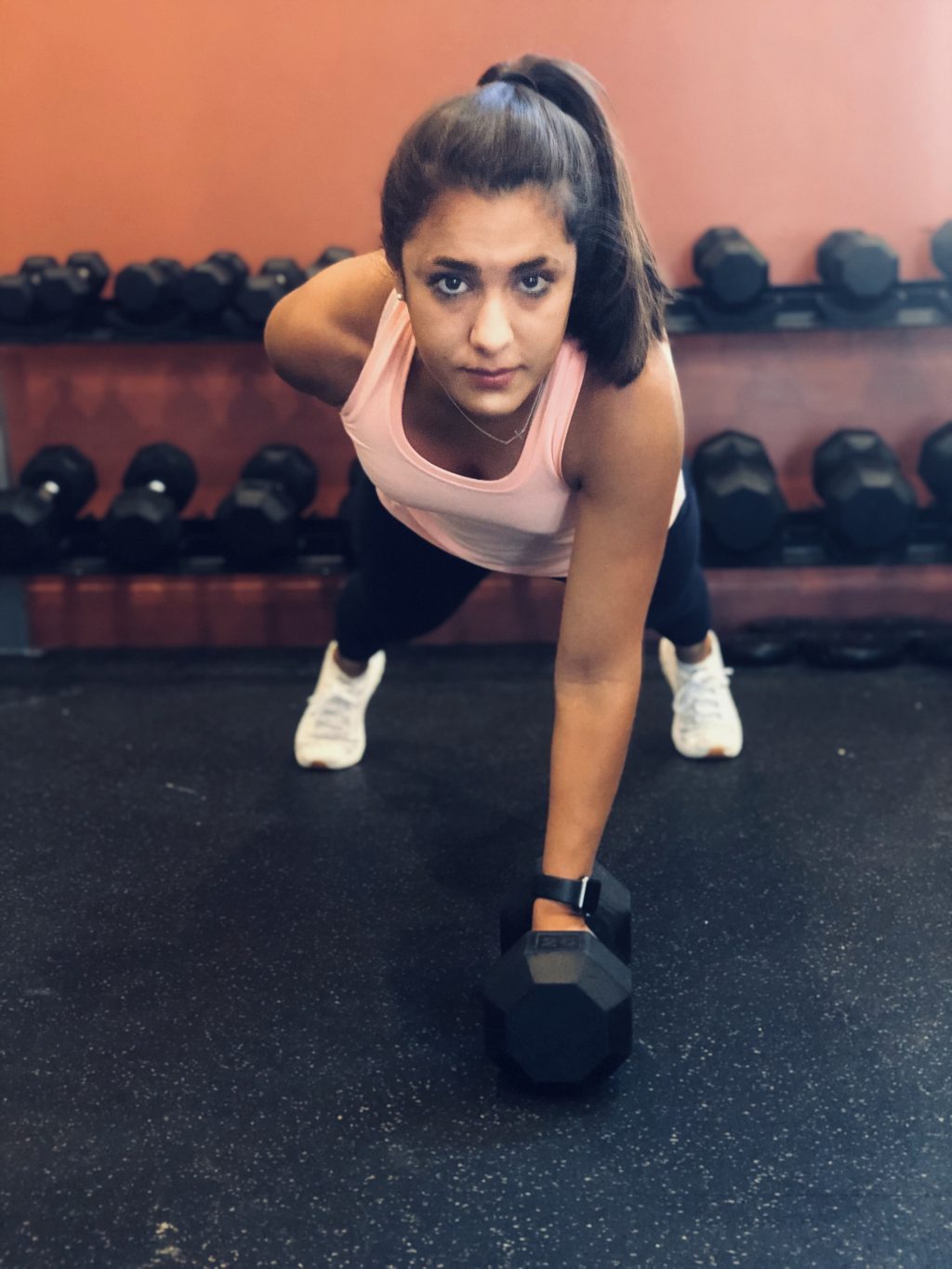
Running for weight loss is not easy. It will take some time to get used to it. Relaxation is key. Relax. Your eyes should be open, your arms should swing through the hips and your feet should touch your body. Your hands should not be used as they could cause injury. Start slowly and gradually increase the amount of time you spend running. Once you get into the habit, it will become more enjoyable.
It is important to begin slowly and keep your goals realistic. You don't want extra calories so you should take things slow and steady. Over time, you can lose weight and increase your endurance and strength. Most beginner's running programs require you to run-walk three times a week for about a month. Eventually, you can increase the number of days that you run. And if you're feeling discouraged or frustrated, there's no need to give up! It won't take long to lose weight once you start running.

It is vital to vary the distance and cadence of your runs to stay motivated. It is a good idea to run a few tough runs. Choosing the right intervals will help you progress faster. In addition to the intervals, you should also invest in a new pair of running shoes. A good plan will help you get the most out of your running sessions. Make sure to invest in a pair of new running shoes. You'll be so glad you did.
Consider your past experience running for weight loss before you start a running program. The majority of people interested to lose weight are either burnt out or injured. You will see results if you're patient and persistent. It will be easier to stick with your exercise plan if it is taken slowly and enjoyed.
You can increase your running speed to increase your appetite. However, this won't negate your efforts. This is because increasing your running pace can help you lose more weight over the long term. And while increased running speed does help burn more fat, it can also increase your appetite. For every 10 calories that are burned, an average person needs 3 more calories. This is a fairly common number, but it's well worth the effort.

The first step in running for weight loss is to get into a good routine. If you're overweight, walk for at least 20 minutes a day. This should be done at least three times per week. Start running when you feel comfortable walking at speed. These are the most critical weeks, so stick with them for the best results.
FAQ
What's the problem in BMI?
BMI stands for Body Mass Index. This is a measure of body fat that is calculated based on height or weight. BMI is calculated using the following formula:
Weight in kilograms divided with height in meters.
The result can be expressed as a number between zero and 25. Scores between 0 and 25 indicate obesity. A score of 18.5 indicates overweight. A score of 23 indicates obesity.
A person who weighs 100 kilograms and is 1.75m tall will have an BMI of 22.
Why does our weight change as we get older?
How can you find out if your weight has changed?
A person who has less body fat than their muscle mass will experience weight loss. This means that the amount of calories consumed must exceed the amount of energy used daily. Reduced activity is the leading cause of weight gain. Others include pregnancy, hormonal imbalances or certain medications. Weight gain is when there are more calories than muscle mass. It occurs when people consume more calories per day than they need. It can be caused by overeating or increased physical activity as well hormonal changes.
Our bodies lose weight because we eat fewer calories than we burn. By exercising regularly, our metabolism rates increase which in turn burns more calories during the day. This doesn't necessarily mean we will lose weight. What matters is whether we are losing fat or building muscle. We will lose weight if we burn more calories than we consume. But if you consume more calories than you burn, you're actually storing them for fat.
As we age, our ability to move around is slower and we are less mobile. We also tend not to eat as much food as we used to when we were younger. We tend to gain weight. On the flipside, we are more muscular than we really need and appear bigger.
There's no way to tell how much weight you've lost unless you weigh yourself every week. There are many options for measuring your weight. There are many ways to measure your weight. You can check your waist, hips, thighs, arms and legs. Some people prefer to use bathroom scales while others like to use tape measures.
If you want to track your progress, you should try weighing yourself once a week and measuring your waistline once a month. You can also take photographs of yourself every few years to track how far your progress has been.
You can also check your height online to find out how many pounds you have. If you're 5'10' tall and weigh 180lbs, you'd likely weigh 180lbs.
How does an antibiotic work?
Antibiotics are drugs that destroy harmful bacteria. Antibiotics are used to treat bacterial infections. There are many options for antibiotics. Some are taken orally, some are injected, and others are applied topically.
People who have been exposed may be prescribed antibiotics. One example is if someone has had chickenpox and wants to prevent shingles. Or, if someone has had strep throat, he or she might receive an injection of penicillin to help prevent pneumonia.
Doctors should prescribe antibiotics to children. Children are more susceptible to side effects from antibiotics than adults.
Diarrhea is the most common side effect from antibiotics. Other side effects that could occur include nausea, vomiting and dizziness. These symptoms generally disappear once the treatment has finished.
Is it possible to have a weak immune system due to being cold?
Cold can make you less immune to infection because your body makes fewer white blood cells, which are essential for fighting infections. You will feel less pain if you are cold.
Statistics
- WHO recommends reducing saturated fats to less than 10% of total energy intake; reducing trans-fats to less than 1% of total energy intake; and replacing both saturated fats and trans-fats to unsaturated fats. (who.int)
- According to the Physical Activity Guidelines for Americans, we should strive for at least 150 minutes of moderate intensity activity each week (54Trusted Source Smoking, harmful use of drugs, and alcohol abuse can all seriously negatively affect your health. (healthline.com)
- nutrients.[17]X Research sourceWhole grains to try include: 100% whole wheat pasta and bread, brown rice, whole grain oats, farro, millet, quinoa, and barley. (wikihow.com)
- This article received 11 testimonials and 86% of readers who voted found it helpful, earning it our reader-approved status. (wikihow.com)
External Links
How To
What does "vitamin" actually mean?
Vitamins are organic compounds that can be found in foods. Vitamins are necessary for us to absorb nutrients in the foods we consume. Vitamins cannot come from the body so food must provide them.
There are two types: water-soluble and fat-soluble vitamins. Water-soluble vitamins dissolve quickly in water. Vitamin C,B1(thiamine), B2 (2riboflavin), and B3 (3niacin), as well as vitamin C,B1, B2 (riboflavin), and B3 (niacin), vitamin B6 (pyridoxine), vitamin folic acid (biotin), pantothenic, and choline are examples. Fat-soluble vitamins can be stored in the liver or in fatty tissue. Vitamin D, E, K and A are some examples.
Vitamins are classified according to their biological activity. There are eight major vitamin groups:
-
A – Essential for normal growth, and the maintenance of good health.
-
C - vital for proper nerve function, and energy production.
-
D – Essential for healthy teeth, bones and joints
-
E is needed for good reproduction and vision.
-
K - Essential for healthy muscles and nerves.
-
P - vital for building strong bones andteeth.
-
Q - aids digestion and absorption of iron.
-
R is required for the production of red blood cells.
The recommended daily allowance of vitamins (RDA), varies according to age, gender, physical condition, and other factors. The U.S. Food and Drug Administration, (FDA), sets the RDA value.
For adults over 19 years, the RDA is 400 mg per day for vitamin A. However, pregnant women need 600 micrograms per day because it is important for fetal development. Children ages 1-8 require 900 micrograms per day. Babies under one-year old require 700 mg per day. Between 9 and 12 years of age, however, this drops to 500 mg per day.
Children aged between 1-18 years require 800 micrograms of sugar per day, while overweight children need 1000 micrograms. Children who are underweight receive 1200 micrograms every day to meet their nutritional requirements.
Children 4-8 years old who have anemia must consume 2200 micrograms of Vitamin C daily.
2000 micrograms is the minimum daily intake for adults over 50 years old to maintain good health. Because of their higher nutrient needs, women who are pregnant or nursing need 3000 mg per day.
1500 micrograms is the recommended daily intake for adults aged 70+, who lose approximately 10% of muscle each year.
Women who are pregnant, nursing or breastfeeding need more than the RDA. Pregnant women require 4000 micrograms daily during pregnancy, and 2500 micrograms every day after birth. Breastfeeding mothers need to consume 5000 micrograms every day when breastmilk has been produced.